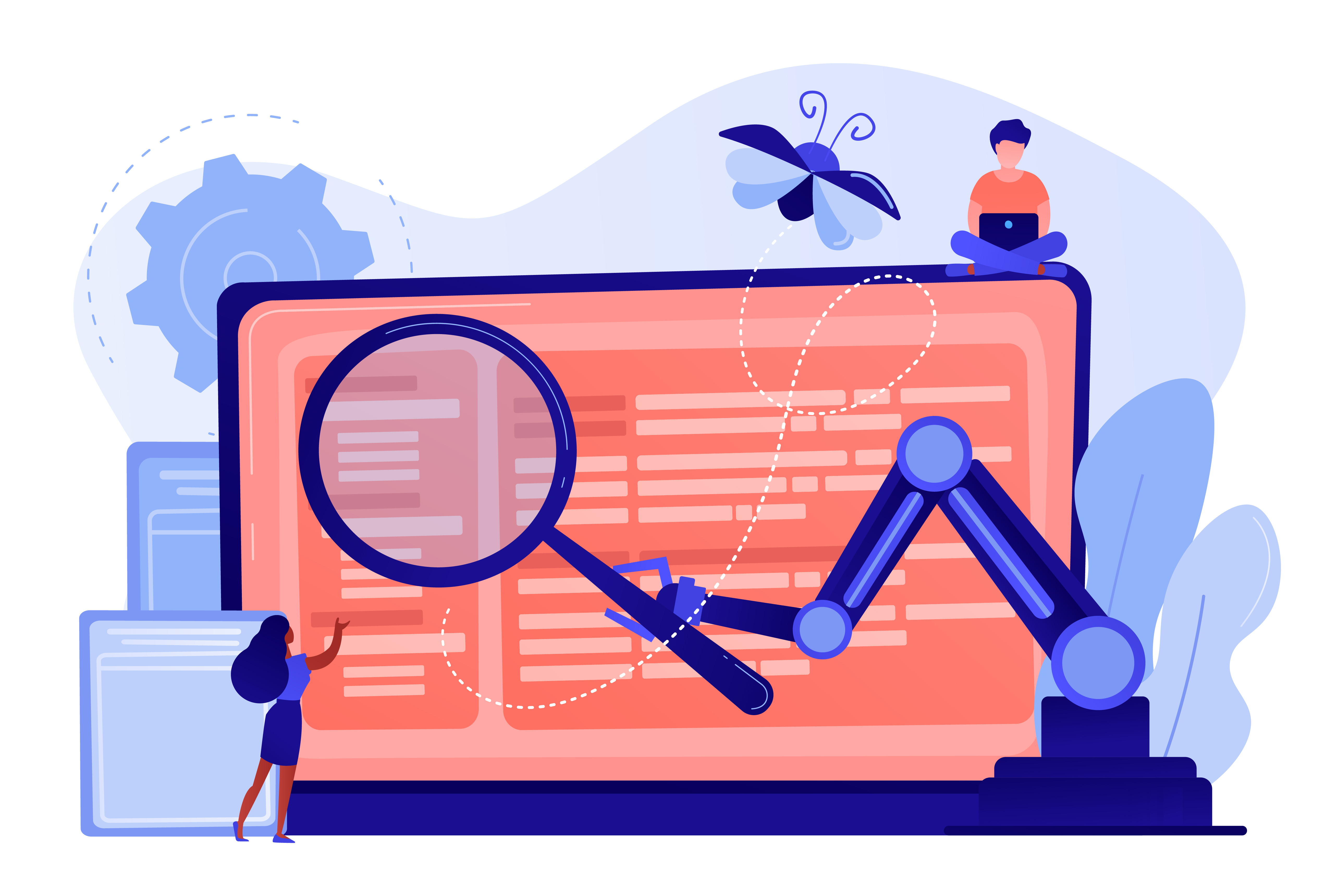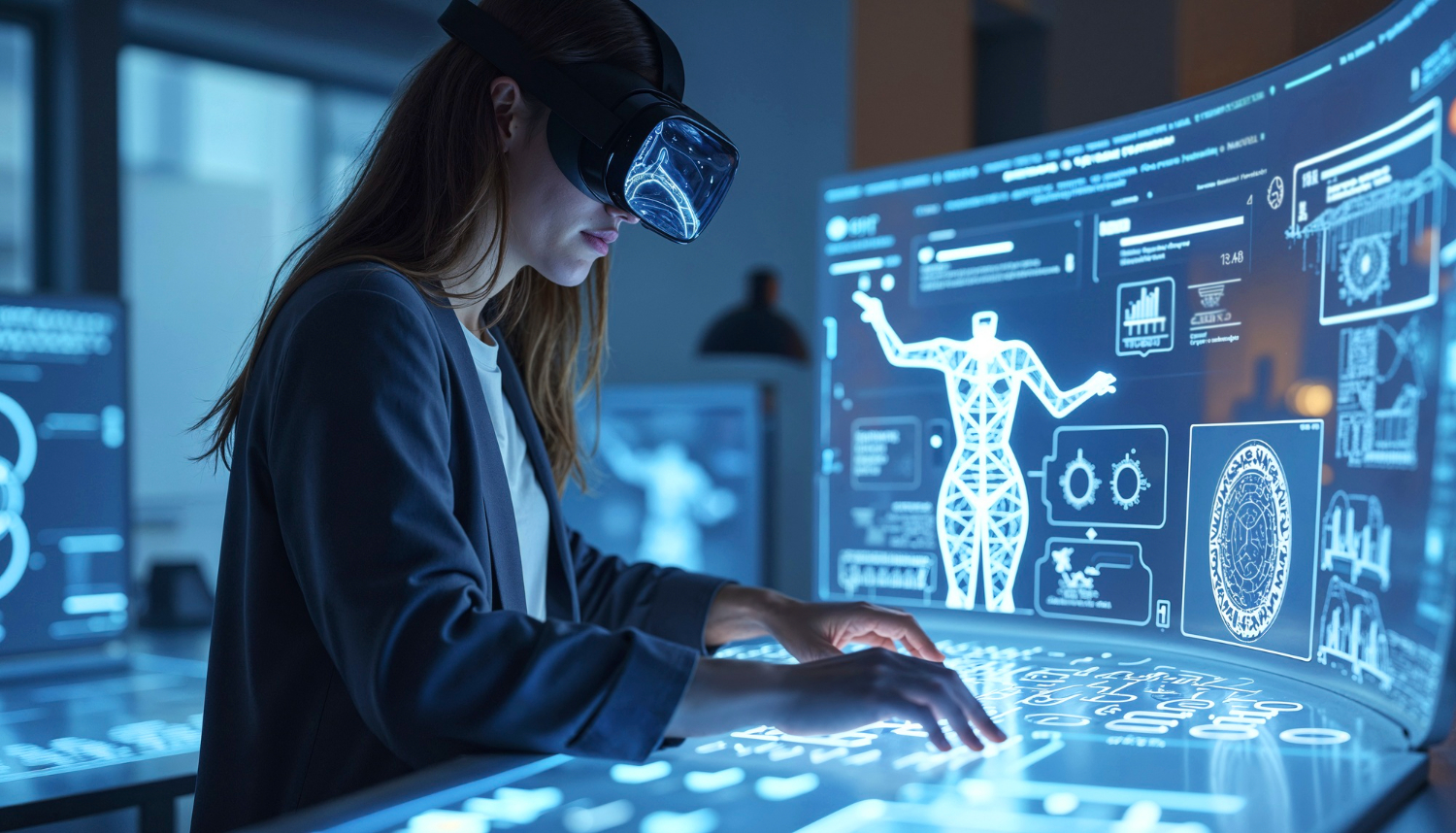Search engines have changed a lot in the past few years. One major reason is generative AI. This technology improves how results are shown, how queries are answered, and how users interact with content.
Generative AI uses machine learning models to create text, images, and even conversations. It relies on neural networks trained with huge data sets. These models fine tune their outputs over time. The result is faster, smarter, and more useful search results.
The Basics of Generative AI
Generative AI refers to tools that create content. This includes text generation, image generation, and other outputs. It is built on deep learning and neural networks. These models process patterns in the training data and learn how to generate similar content.
Large language models (LLMs) are a type of generative AI. They handle text based queries. Users ask a question, and the AI answers in full sentences.
The models are trained on a wide range of topics. This makes them useful for many types of questions.
Some tools also include image generation. These create visuals from a text prompt. The image might be artistic, realistic, or abstract.
This is useful for content creators and designers. It saves time and gives fresh ideas.
Search Engines and AI Chatbots
Many search engines now include an AI chatbot. This chatbot answers questions instead of listing links. The user types a prompt, and the chatbot replies with useful text. It may also offer images or summaries.
This is a big change from older search engines. In the past, users saw pages of links. Now, they get direct answers.
Generative AI tools help provide these results. They improve speed and reduce the steps needed to find information.
The chatbot also learns from past interactions. It adapts to the user’s style. This makes each session feel more personal. It creates better user experiences without adding complexity.
Read more: What is Generative AI? A Complete Overview
Improving Search with Machine Learning
Machine learning models improve search by learning what users want. They look at which results are clicked. They learn which answers people like. Over time, they show better suggestions.
These systems fine tune themselves. They adjust based on what works. This feedback loop keeps results relevant. The goal is always high quality content.
Training data is key here. The more data the model sees, the better it performs. Large models work best with a huge amount of data. Open source projects help grow this field by making tools more accessible.
Text Generation in Results
Generative AI is great at text generation. It rewrites search summaries to be clearer. It creates answers in natural language. It even helps correct spelling or grammar.
Users benefit from text that is easy to read. They can understand results without clicking links. Some tools also summarise full articles. This saves time and improves access.
Search engines use this to give short, accurate answers. These results are updated in real time. They use fresh data to stay current.
The models behind this must update often. They retrain with new data sets to stay accurate.
Creating Realistic Content
Generative AI can also create realistic responses. It can mimic human tone. It knows how to answer questions naturally. This helps when the user wants a simple, straight reply.
Some tools generate full articles or reports. These are not just short answers. They include structure, flow, and details. Content creators use these tools to get ideas or full drafts.
Image generation is another area. The AI takes a text input and returns a full image. It may include people, objects, or scenes. These can be used in blogs, ads, and more.
Read more: What is the key feature of generative AI?
Use for Content Creators
Search engines are not just for users. They help content creators too. AI tools suggest topics. They help write outlines. They improve grammar and readability.
Creators use these tools to speed up work. They save hours each week. They also get new ideas based on trending searches. The tools suggest what users want to read.
This helps creators meet demand. It keeps them focused. They spend less time on research and more on writing.
Better User Experiences
Good search tools should feel easy. Generative AI makes this happen. It turns long tasks into quick results. It helps users get to the answer faster.
The search bar now acts more like a conversation. The AI chatbot replies like a person. This feels more natural than pages of links. It makes users want to come back.
The AI also suggests next steps. It can offer follow-up questions. It helps users learn more without starting over. This keeps sessions smooth.
Training Data and Model Growth
All of this depends on the training data. A model learns from examples. The more diverse the data sets, the better the AI performs.
Training takes time and effort. The model must learn grammar, facts, tone, and logic. This is true for both text and image generation.
New data improves the model. It helps the tool respond better. It reduces mistakes. Fine tuned models need regular updates. This keeps them current.
Read more: Generative AI vs. Traditional Machine Learning
Open Source and Model Sharing
Some companies share their models as open source. This helps researchers and developers. They can improve the tools or make new versions.
This also helps build trust. Users can see how the model works. It shows that the AI is trained fairly. It gives more control to the community.
Rich Media Results
Text results are useful, but users want more. Generative AI can also include video clips, audio replies, and interactive tools. These are created from prompts or based on user needs.
If someone searches for a tutorial, the engine could generate a summary and a short video. The same works for recipes, workouts, or lessons. This kind of response is fast and helpful.
Local and Personalised Results
AI can fine tune results based on the person asking. A student and a business user might ask the same thing but want different answers. Generative AI models adjust based on patterns.
Location is another factor. A person asking about restaurants will see local options. The AI can include maps, reviews, and opening hours. All of it generated or refined by a model.
Multilingual Support
Language is no longer a barrier. LLMs are trained in many languages. They can generate responses in English, Spanish, Hindi, or other languages.
This helps global users. It also supports businesses that serve people in different countries. Text based content can be translated or created in any language the model knows.
Security and Safe Use
Models need to be safe. Search engines use filters and checks. They remove harmful or false content. They also stop the model from answering some topics.
This is not perfect. It needs regular updates. AI teams review flagged answers and train the model again. Safe content means a better user experience for all.
Business Use in Search
Companies now use AI-powered search on their websites. This gives customers faster answers. It can also improve support and reduce tickets.
Search tools inside apps can suggest help articles, track orders, or give directions. All from a short input. The model understands what the user needs.
This also helps staff. Internal tools use AI to search documents or notes. Employees save time and avoid confusion.
Scaling AI Search Systems
As more people use these tools, speed becomes key. AI models run on special chips. They need good servers to work fast.
Some systems keep a memory of past questions. Others are stateless. Each method fits a different case. The goal is always fast and smart answers.
Companies must balance cost and speed. Bigger models cost more to run. Small models work faster but know less. The right setup depends on the task.
Read more: Generative AI and Prompt Engineering: A Simple Guide
Industry Integration and Adoption
Many sectors now use generative AI in their search tools. Healthcare providers use it to help staff find patient info quickly. The AI shortens time spent on forms or records. This gives doctors more time for care.
Law firms use smart search to pull case files and summaries. It reads through long documents and pulls the key points. That makes research easier and faster.
Retail platforms use it to show better product matches. Instead of typing product names exactly, users describe what they need. The AI understands this and brings the closest matches. This works for clothes, electronics, and even home items.
In education, schools use these tools for research and learning. Students ask questions and get full answers in simple words. Teachers get help creating worksheets or grading papers. AI reduces workload and keeps things accurate.
Mobile Search and Voice Input
More people now search on phones. Generative AI supports voice input. Users speak their query, and the tool gives back a clear answer.
It can read the result aloud or show it in bold text. This helps when users are busy or cannot type. It also helps people who find reading hard.
Smart assistants are another use. They answer questions on the go. They also suggest related things. A user may ask for the weather, and the tool adds travel tips or local updates.
This is made possible by fast AI models. They process voice, generate the reply, and return it in real time.
Feedback and Human Review
Even with AI, human input matters. Teams check answers and make corrections. This feedback improves the model.
Users also report issues. This shows what needs fixing. These updates keep the system clear and safe.
The best tools allow easy feedback. Users tap a button or leave a comment. The AI learns and avoids the same mistake.
Over time, this process builds trust. People see that the tool changes and improves. It becomes more useful each day.
Designing for Simplicity
Good search tools must be easy to use. Generative AI helps, but the layout also matters. The screen should not feel crowded. Results must be clear and short.
Many sites now show answers at the top. Users don’t scroll much. The best info comes first. This works well with AI tools that know what matters most.
The goal is always the same. Give answers fast, keep them useful, and let people move on quickly.
Accessibility and Inclusion
AI tools now help people with different needs. They offer spoken answers, large text, and clear language.
This helps older users, people with disabilities, and anyone needing support. It also helps non-native speakers.
Generative AI models are trained on diverse samples. They understand many ways to ask a question. This means more people get useful results.
These steps improve fairness and reach. They make sure everyone gets value from the tools.
Testing and Quality Checks
Before going live, models go through many checks. Teams test how they work with real queries. They look for gaps, errors, and bias.
The model may answer well in one case but fail in another. These tests show that. They help teams fix problems before users see them.
Some companies run open tests. They let users try the tool and send comments. This adds more feedback and speeds up fixes.
Quality control is not once and done. It is part of the ongoing work. Good teams keep checking and updating the model.
Read more: Generative AI and Supervised Learning in Real-World Use
Summary Assist and In-Search Answers
Long pages can be hard to read. Generative AI can show a short version at the top. This is called a summary assist.
Users read it and decide if they want more. If yes, they click through. If not, they still learn the main idea.
In-search answers are another feature. Instead of showing links, the engine gives a full answer right away. This saves time and helps with simple queries.
These tools need fresh data. The model pulls facts from recent sources. This keeps things up to date.
Visual and Interactive Results
Text is not always the best way to learn. Some users want charts, tables, or maps. AI tools can create these from search queries.
The system turns numbers into visuals. It shows trends, splits data, or builds timelines. This helps people understand better.
Some engines now offer mini apps in results. Users try a tool, do a quick test, or check a calculator. These are made by generative models based on the query.
Cross-Platform Integration
Search does not only happen in a browser. It also runs in apps, on TV, or inside software tools.
Generative AI supports this. It gives replies where the user is. This could be a smart fridge, a car screen, or a watch.
The AI model stays the same but shows answers in new ways. It adapts to the screen size and device style. This keeps things simple for the user.
The Future of Search Engines
Search engines will keep changing. Generative AI will be part of every step. It will write answers, suggest topics, and build media.
Search will be more than links. It will be a full conversation. The AI will remember past searches. It will know what each user prefers.
Images, videos, and sound will all be created by AI. The system will answer in words, pictures, or voice. This helps more people get results in ways that suit them.
AI tools will be built into apps, devices, and websites. People will use them daily without noticing. The experience will feel smooth and personal.
How TechnoLynx Can Help
TechnoLynx creates AI tools that support search engines and digital products. We design and fine tune generative AI models for content, chatbots, and visual tools.
We work with high quality training data and build solutions for many platforms. Whether you need an AI chatbot, a content generator, or a way to boost user experiences, TechnoLynx is ready to support your project. Contact us now to start collaborating!
Continue reading: Generative AI is Driving Smarter Business Solutions
Image credits: Freepik













